-
 Bitcoin
Bitcoin $118400
0.47% -
 Ethereum
Ethereum $3836
2.20% -
 XRP
XRP $3.157
2.98% -
 Tether USDt
Tether USDt $0.9999
-0.03% -
 BNB
BNB $801.5
1.31% -
 Solana
Solana $180.9
2.07% -
 USDC
USDC $0.9999
-0.02% -
 Dogecoin
Dogecoin $0.2225
2.50% -
 TRON
TRON $0.3285
-1.02% -
 Cardano
Cardano $0.7789
2.60% -
 Hyperliquid
Hyperliquid $43.60
2.39% -
 Sui
Sui $3.892
4.41% -
 Stellar
Stellar $0.4229
3.34% -
 Chainlink
Chainlink $18.01
3.98% -
 Hedera
Hedera $0.2745
6.77% -
 Bitcoin Cash
Bitcoin Cash $582.3
3.38% -
 Avalanche
Avalanche $23.77
1.04% -
 Ethena USDe
Ethena USDe $1.001
0.01% -
 Toncoin
Toncoin $3.493
3.59% -
 Litecoin
Litecoin $110.0
2.48% -
 UNUS SED LEO
UNUS SED LEO $8.936
-0.37% -
 Shiba Inu
Shiba Inu $0.00001304
2.49% -
 Uniswap
Uniswap $9.999
1.09% -
 Polkadot
Polkadot $3.897
3.26% -
 Monero
Monero $308.6
-0.83% -
 Dai
Dai $0.9999
-0.01% -
 Bitget Token
Bitget Token $4.504
-0.04% -
 Pepe
Pepe $0.00001154
2.95% -
 Cronos
Cronos $0.1471
3.06% -
 Ethena
Ethena $0.6691
19.53%
How can VWAP be applied to signal intraday mean reversion?
VWAP helps traders identify intraday mean reversion opportunities by highlighting price deviations from volume-weighted averages, especially when confirmed by low volume and reversal patterns.
Jul 31, 2025 at 01:16 pm
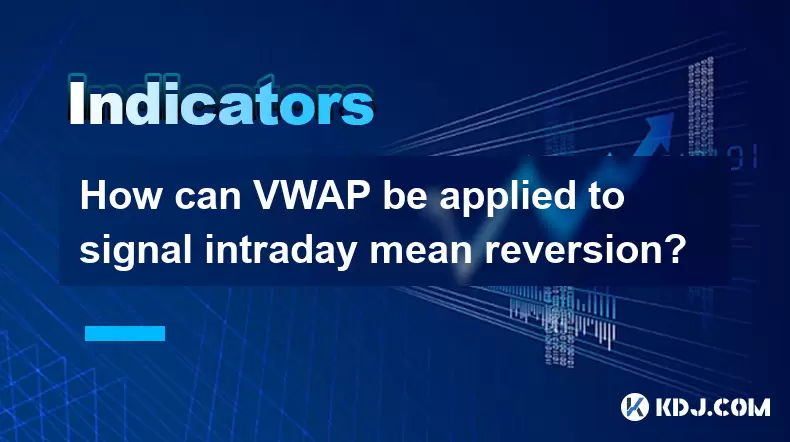
Understanding VWAP and Its Role in Intraday Trading
The Volume Weighted Average Price (VWAP) is a benchmark used by traders to assess the average price of a security relative to its trading volume over a specified time period, typically a single trading day. It is calculated by summing the dollars traded for every transaction (price multiplied by shares traded) and dividing by the total shares traded. This metric is especially valuable in intraday trading because it reflects both price action and volume dynamics, offering a more accurate picture of market sentiment than simple moving averages.
VWAP is considered a dynamic indicator because it recalculates throughout the trading session, adjusting as new volume and price data arrive. Institutional traders use VWAP to execute large orders with minimal market impact, aiming to buy below or sell above the VWAP to achieve favorable execution. Retail traders can leverage this behavior by identifying deviations from VWAP as potential signals for price reversions.
When price moves significantly above or below VWAP, it may indicate overbought or oversold conditions within the day’s session. These deviations, especially when accompanied by diminishing volume, suggest that momentum may be waning, increasing the likelihood of a mean reversion toward the VWAP line.
Identifying Mean Reversion Signals Using VWAP Deviation
To apply VWAP as a signal for intraday mean reversion, traders monitor the distance between the current price and the VWAP line. A substantial deviation—either above or below—can signal a temporary imbalance in supply and demand.
- Monitor price action relative to the VWAP: if price is trading significantly above VWAP, it may indicate aggressive buying pressure that is unsustainable.
- Observe volume patterns: if the upward move occurs on declining volume, it suggests lack of conviction, reinforcing the potential for a pullback.
- Look for candlestick patterns near extreme deviations: bearish engulfing patterns or shooting stars above VWAP can confirm reversal intent.
- Conversely, when price trades well below VWAP on low volume, a bounce toward the average may be imminent, especially if bullish candlestick formations appear.
Traders often combine VWAP with standard deviation bands (VWAP standard deviation channels) to quantify what constitutes a "significant" deviation. These bands, typically set at 1 or 2 standard deviations from VWAP, help identify overextended price moves. A touch or breach of the upper band may signal an overbought condition, while a breach of the lower band may suggest oversold conditions—both potential setups for mean reversion trades.
Using VWAP in Conjunction with Other Indicators
While VWAP alone can provide meaningful signals, its effectiveness increases when combined with complementary tools. One common approach is integrating price action analysis with momentum oscillators such as the Relative Strength Index (RSI) or Stochastic Oscillator.
- When price is above VWAP and RSI crosses above 70, it confirms overbought territory, increasing the probability of a downward reversion.
- If price is below VWAP and RSI drops below 30, this indicates oversold conditions, supporting a long-side reversion trade.
- Volume profile can also enhance VWAP analysis: if price deviates from VWAP but remains within a high-volume node (value area), the reversion is more likely to be swift and strong.
Another effective pairing is with time-based moving averages, such as a 20-period EMA on a 5-minute chart. When price, VWAP, and EMA align in a confluence—say, price pulls back to touch both VWAP and EMA while volume dries up—it strengthens the case for a reversion entry.
Executing a VWAP Mean Reversion Trade
To execute a trade based on VWAP mean reversion, follow these detailed steps:
- Ensure your charting platform displays VWAP and standard deviation bands (most platforms like TradingView, ThinkorSwim, or MetaTrader support this).
- Select an intraday timeframe—common choices are 5-minute or 15-minute charts for active trading.
- Wait for price to move outside the first standard deviation band from VWAP.
- Confirm the move lacks volume support: check if volume bars are shrinking compared to prior impulses.
- Identify reversal candlestick patterns at the deviation point: look for dojis, hammers, or engulfing patterns.
- Enter the trade when price shows signs of turning toward VWAP—this could be a close back inside the band or a reversal candle.
- Place a stop-loss just beyond the recent swing high/low outside the deviation band to manage risk.
- Set a profit target near the VWAP line or slightly beyond if momentum appears strong.
- Consider scaling out: take partial profits at VWAP and let the remainder run if price continues in the expected direction.
It is crucial to avoid trading VWAP reversion during strong trending days. In such environments, price may remain extended from VWAP for long periods, leading to false reversal signals. Always assess the broader intraday trend using higher aggregation levels or market structure.
Adjusting VWAP Strategy for Different Market Conditions
Market context significantly influences the reliability of VWAP-based mean reversion. In ranging or consolidating markets, VWAP acts as a strong magnet, and price frequently reverts after touching deviation bands. However, in strong breakout or news-driven sessions, price may trend away from VWAP persistently.
- On low-volatility days, tighten deviation thresholds: even a 1-standard-deviation move may offer a valid reversion opportunity.
- During high-impact news events, disable mean reversion logic temporarily—price may not revert for hours, if at all.
- Monitor the slope of the VWAP line: a steep upward or downward slope indicates directional bias. Trading reversals against the slope increases risk.
- Use pre-market price action to gauge the day’s character: if pre-market futures or related ETFs show strong momentum, expect a trend day where VWAP reversion may fail.
Some traders reset VWAP at specific times (e.g., after the opening 30 minutes) to focus on the core trading session. This technique, known as reset VWAP, can filter out early noise and provide cleaner signals for afternoon reversions.
Frequently Asked Questions
What time frame is best for applying VWAP in mean reversion strategies?
The 5-minute and 15-minute charts are most commonly used. These intervals provide enough data points for reliable VWAP calculation while remaining sensitive to intraday shifts. Lower time frames like 1-minute may generate excessive noise, while higher ones like 30-minute may miss timely entries.
Can VWAP be used in cryptocurrency trading?
Yes, VWAP is effective in crypto markets, especially on high-liquidity pairs like BTC/USD or ETH/USD. However, due to 24/7 trading, traditional VWAP resets at market open do not apply. Traders often use a rolling 24-hour VWAP or define a custom session (e.g., UTC day) to maintain consistency.
How do I add standard deviation bands to VWAP on TradingView?
Open the VWAP indicator in TradingView. In the settings, locate the "Show Deviation Bands" option and enable it. Adjust the deviation multiplier (commonly 1.0 or 2.0) based on volatility. Bands will automatically plot above and below VWAP.
Should I use VWAP alone or always combine it with other tools?
While VWAP provides valuable context, combining it with volume analysis, RSI, and price action improves accuracy. Relying solely on VWAP increases the risk of false signals, especially during breakout phases or low-volume periods.
Disclaimer:info@kdj.com
The information provided is not trading advice. kdj.com does not assume any responsibility for any investments made based on the information provided in this article. Cryptocurrencies are highly volatile and it is highly recommended that you invest with caution after thorough research!
If you believe that the content used on this website infringes your copyright, please contact us immediately (info@kdj.com) and we will delete it promptly.
- Coinbase, Ethereum, and Science Token: A New Era for Crypto?
- 2025-08-01 06:50:12
- Byzantine Coin Pendant: Elite Evidence Shines New Light on Early Medieval Essex
- 2025-08-01 07:10:55
- From Homeless to Homeowner: A Ring, a Good Deed, and a Life Transformed
- 2025-08-01 06:50:12
- Bitcoin's Lazarus Wallets: Dormant Movement Awakens!
- 2025-08-01 06:32:41
- Meme Coins in 2025: Arctic Pablo Leads the Pack
- 2025-08-01 07:10:55
- Arctic Pablo Coin Presale Heats Up: Is It the Next Dogecoin or Shiba Inu?
- 2025-08-01 07:27:29
Related knowledge
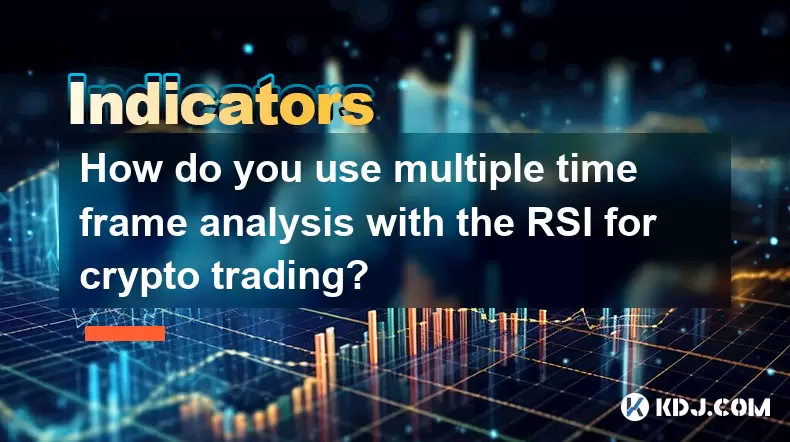
How do you use multiple time frame analysis with the RSI for crypto trading?
Aug 01,2025 at 05:19am
Understanding the Role of RSI in Crypto TradingThe Relative Strength Index (RSI) is a momentum oscillator that measures the speed and change of price ...
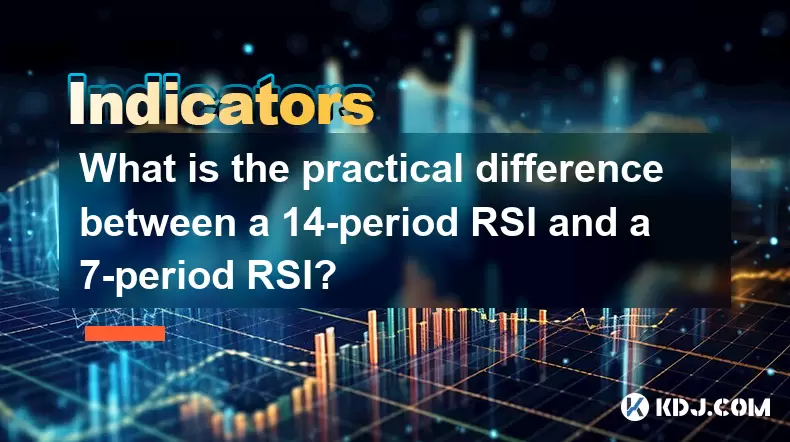
What is the practical difference between a 14-period RSI and a 7-period RSI?
Aug 01,2025 at 07:01am
Understanding the Relative Strength Index (RSI)The Relative Strength Index (RSI) is a momentum oscillator widely used in cryptocurrency trading to mea...
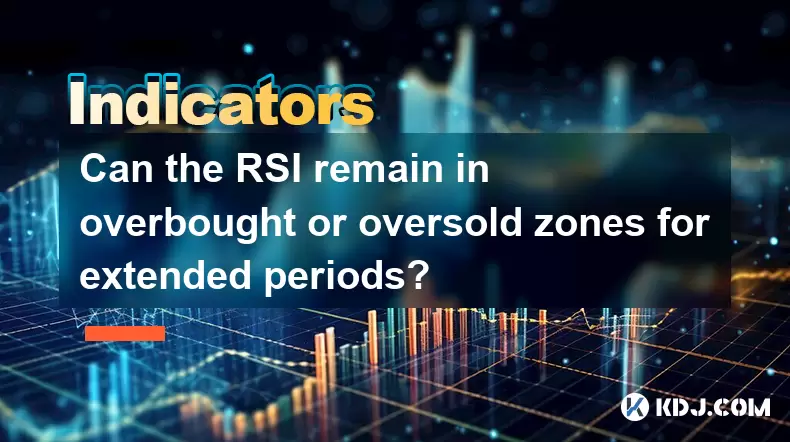
Can the RSI remain in overbought or oversold zones for extended periods?
Aug 01,2025 at 07:10am
Understanding the RSI and Its Standard InterpretationThe Relative Strength Index (RSI) is a momentum oscillator that measures the speed and change of ...

How can you use the RSI to determine exit points in crypto trades?
Aug 01,2025 at 04:29am
Understanding the Role of RSI in Crypto TradingThe Relative Strength Index (RSI) is a momentum oscillator widely used in the cryptocurrency market to ...
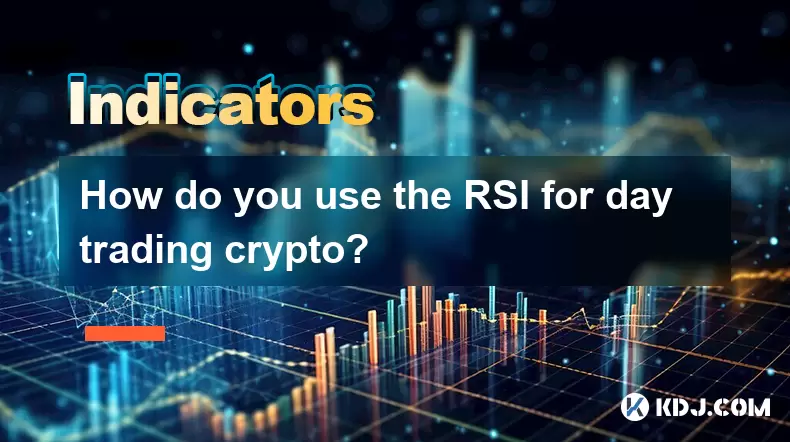
How do you use the RSI for day trading crypto?
Aug 01,2025 at 05:26am
Understanding the RSI in Cryptocurrency TradingThe Relative Strength Index (RSI) is a momentum oscillator that measures the speed and change of price ...

What does it signify when the MACD crosses below the zero line?
Aug 01,2025 at 01:43am
Understanding the MACD IndicatorThe Moving Average Convergence Divergence (MACD) is one of the most widely used technical analysis tools in the crypto...

How do you use multiple time frame analysis with the RSI for crypto trading?
Aug 01,2025 at 05:19am
Understanding the Role of RSI in Crypto TradingThe Relative Strength Index (RSI) is a momentum oscillator that measures the speed and change of price ...

What is the practical difference between a 14-period RSI and a 7-period RSI?
Aug 01,2025 at 07:01am
Understanding the Relative Strength Index (RSI)The Relative Strength Index (RSI) is a momentum oscillator widely used in cryptocurrency trading to mea...

Can the RSI remain in overbought or oversold zones for extended periods?
Aug 01,2025 at 07:10am
Understanding the RSI and Its Standard InterpretationThe Relative Strength Index (RSI) is a momentum oscillator that measures the speed and change of ...

How can you use the RSI to determine exit points in crypto trades?
Aug 01,2025 at 04:29am
Understanding the Role of RSI in Crypto TradingThe Relative Strength Index (RSI) is a momentum oscillator widely used in the cryptocurrency market to ...

How do you use the RSI for day trading crypto?
Aug 01,2025 at 05:26am
Understanding the RSI in Cryptocurrency TradingThe Relative Strength Index (RSI) is a momentum oscillator that measures the speed and change of price ...

What does it signify when the MACD crosses below the zero line?
Aug 01,2025 at 01:43am
Understanding the MACD IndicatorThe Moving Average Convergence Divergence (MACD) is one of the most widely used technical analysis tools in the crypto...
See all articles

























































































